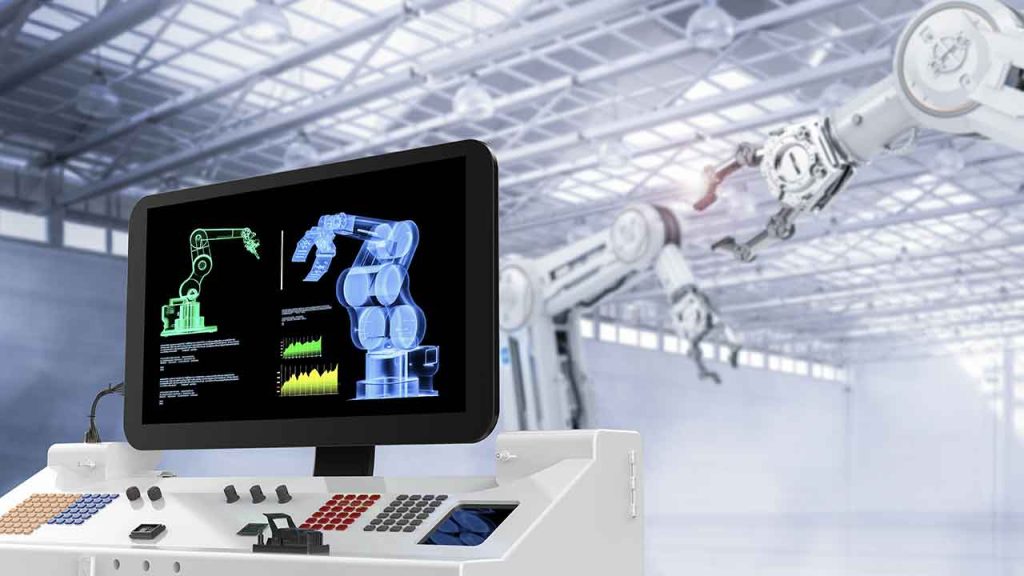Modular, Scalable, Software-Driven: The New Direction of Industrial Robotics | SPONSORED
At the Automate Show in Detroit, Christine Bush, Director of the Robotic Center of Excellence at Schneider Electric, shared a forward-looking perspective on how industrial robotics is evolving to meet the needs of a changing manufacturing landscape. The conversation focused not on futuristic hype but on practical shifts that are already redefining how manufacturers deploy and scale robotics solutions.
Adapting to Labor Shortages with Robotics and Motion
One of the most immediate pressures driving change in automation is the skilled labor shortage. Manufacturers across various sectors, including food and beverage, logistics, and packaging, are turning to robotics not only to fill workforce gaps but also to meet increasingly demanding production rates. The ability to extend output without scaling headcount is becoming a key advantage—especially for companies looking to sustain year-over-year growth.
Rethinking Automation Architecture
A central theme in the discussion was the growing move toward software-defined automation. Traditionally, automation systems have been tightly coupled with hardware. This dependency has often limited flexibility and made upgrades costly and time-consuming. Today, that paradigm is shifting.
Decoupling hardware from software allows manufacturers to reconfigure or upgrade systems without starting from scratch. Whether it’s a servo drive or a variable frequency drive, components can be replaced or enhanced without disrupting the control architecture. This strategy not only improves adaptability but also significantly reduces total cost of ownership.
Supporting Mid-Sized Manufacturers with Scalable Solutions
Modular and software-centric systems are lowering the barrier to entry for mid-sized manufacturers. Instead of investing in massive infrastructure overhauls, these companies can adopt automation incrementally, focusing on areas where the return on investment is clear. This approach helps avoid overengineering and enables faster deployment cycles—critical for maintaining competitiveness in dynamic markets.
AI-Powered Engineering Tools Are Speeding Up Development
Another notable development is the use of generative AI within industrial software platforms. Tools like Schneider Electric’s C-Pilot are simplifying engineering tasks by generating application code based on natural language prompts. Engineers can request function-specific code and then tailor it to their exact needs—saving time and reducing repetitive work.
This integration of AI into design environments doesn’t just enhance efficiency; it also broadens access to robotics for teams that may lack deep programming expertise.
Balancing Innovation with Practicality
While AI and advanced robotics continue to evolve, not every capability makes it to the factory floor immediately. Strategic decisions are required to determine which innovations to embed into current platforms and which remain in R&D. Staying close to real-world production needs—and prioritizing usability and replicability—is key to sustainable adoption.
Keeping Pace with Global Investment
As countries like China rapidly scale investment in next-generation robotics, U.S. manufacturers face increasing pressure to stay competitive. Building internal capability around software-defined control systems is emerging as a strategic priority—not just to automate more, but to automate smarter and faster.
Sponsored by Schneider Electric
About the author
Lucian Fogoros is the Co-founder of IIoT World
Related articles:
